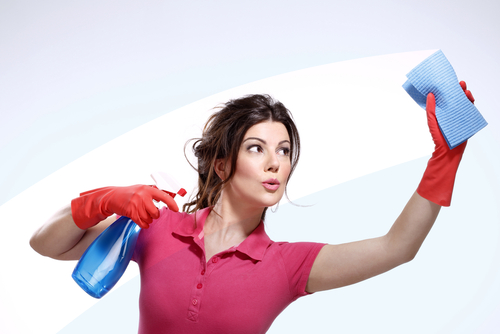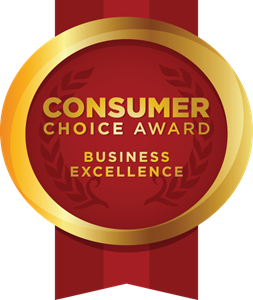Green cleaning is a method of cleaning that has less of an impact on people’s health and on the environment. This type of cleaning uses environmentally friendly methods and products that avoid the use of toxic and reactive chemicals, some of which produce dangerous organic compounds that cause dermatological, respiratory and other conditions.
As the concept of green living becomes more and more popular, manufacturers have taken note, and are placing more emphasis on microfiber technology that eliminates the necessity for chemical cleaning.
Cleaning Products
Traditional household cleaning products contain chemicals that not only harm the environment, but can also pose serious health concerns. Some of the health problems arising from the use of such chemicals include skin irritation caused by naphthalene, asthma symptoms caused by chlorine, and kidney damage caused by prolonged exposure to certain metallic polishes.
Green Cleaning Products
There is a wide variety of safe and all–natural cleaning products in the market today. In addition, most people have come up with their own home made, eco-friendly products that anyone can make. Anyone looking for a green cleaning product in the market should go for plant based products and keep away from phosphates, solvents, and other harsh chemicals.
Benefits of Green Cleaning
Whether one is a person who cleans his or her house regularly or a cleaner who is in contact with cleaning products all day, everyone should take the time to consider the benefits of eco–friendly cleaning. Some of the benefits of green cleaning for homeowners include:
1. Purer Environment
Most of the cleaning products available in the market release harmful chemicals into the environment, which deplete the ozone layer. Changing to greener cleaning methods and products reduces air pollution, water pollution, and minimizes the depletion of the ozone layer. In addition, most green products also use recyclable packaging which minimizes waste.
2. Less Expensive
What many people hear the word green or eco–friendly, they automatically think the product must be more expensive. On the contrary, cleaning using green products and techniques can be surprisingly cheap. Lemon juice, olive oil, vinegar and many other items can do the trick, and they are less expensive. Instead of buying costly conventional cleaners, people can use items they already have in their pantry.
3. Fewer Antibacterial Ingredients
The United States Food and Drug Administration have said that washing with antibacterial soaps is not any better that using regular soaps. In fact, the American Medical Association believes that the frequent use of antibacterial soaps can promote bacterial resistance to certain antibiotics. In addition, triclosan, an antibacterial agent found in certain soaps, can affect the thyroid and hormonal system. Most environmentally friendly cleaning products do not contain antibacterial agents.
How to Identify Green Products
Certain manufacturers are labeling their products green whether they truly are or not. Therefore, it is important to know the criteria for defining green cleaning products. For starters, the product must be derived from natural or bio based elements, and not from crude oil or petroleum distillates. Secondly, the product should be formulated with the emphasis on the user’s health and safety first and the environment second. In addition, the product must not be corrosive to skin or eyes, and must have little or no volatile organic compounds. The products pH level should be between 2.5 and 12, and must not contain chlorine bleach, ethylene, tetracetic acid, diamine, or nitrolotriatetic acid.













